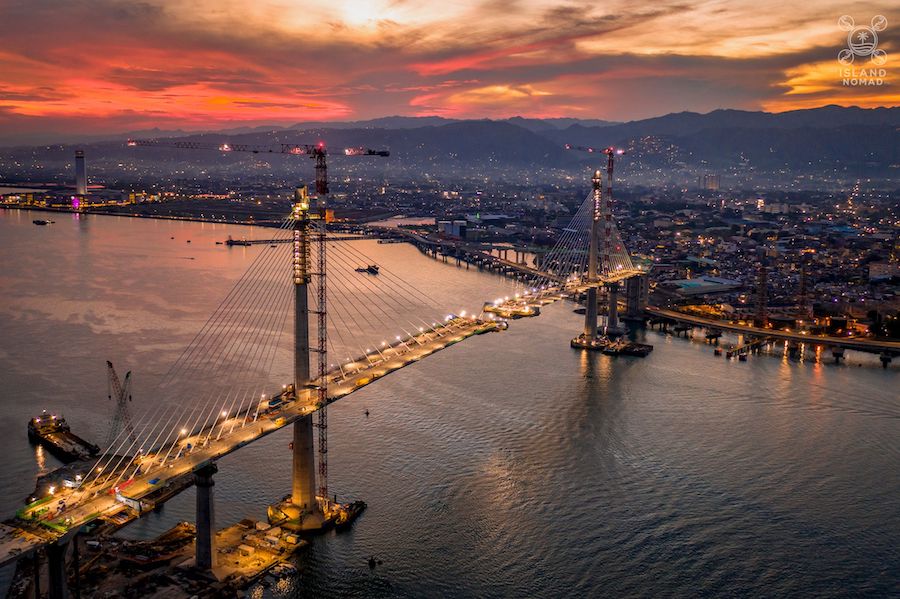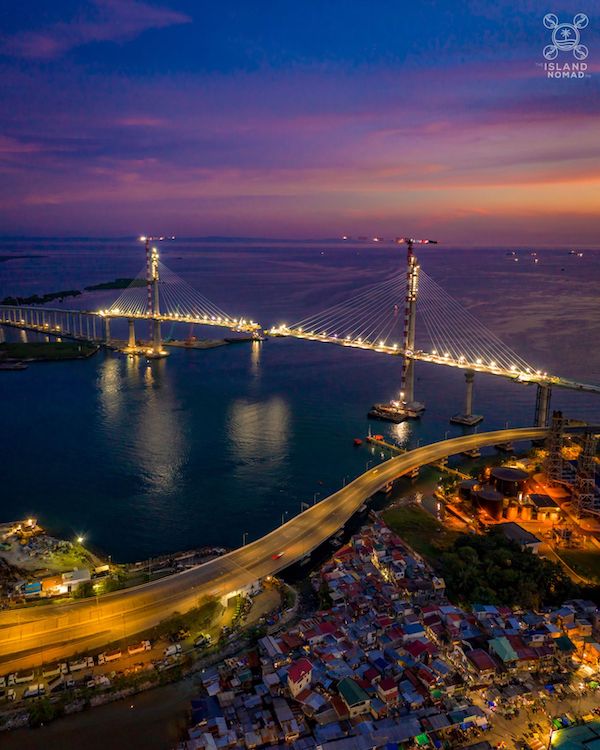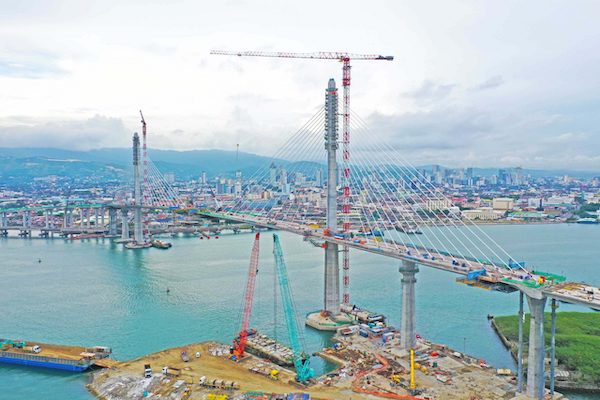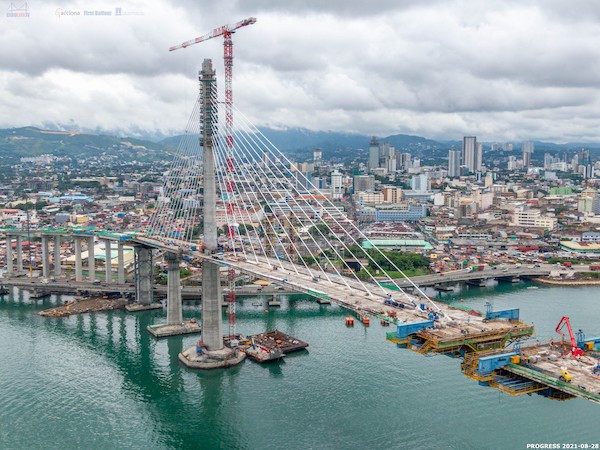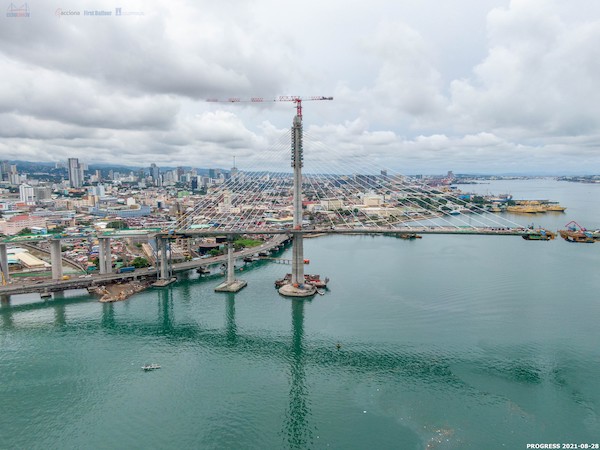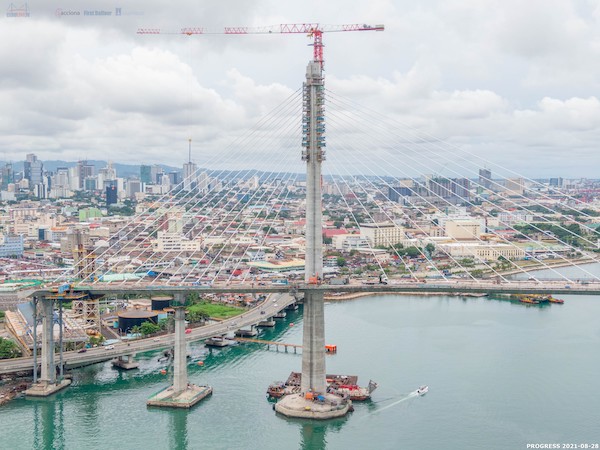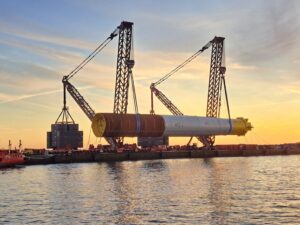Two Comansa 21LC660 tower cranes from the 2100 series are currently working on the construction of the cable-stayed bridge which will join Cebu City, the second largest city of Philippines, and Mactan Island, where the international airport that serves the city is located. Thanks to this new bridge, the journey time will be reduced by up to 40 minutes. This will help streamline commercial and industrial travel and facilitate the transportation of tourists landing at the international airport of Mactan. This is a key project for the region, awarded by CCLEC (Cebu Cordova Link Expressway Corporation), a subsidiary of MPTC (Metro Pacific Tollways Corporation), to Cebu Link Joint Venture (CLJV), a joint venture between ACCIONA, First Balfour and DMCI.
The project was divided into three sections: the Cordova viaduct and causeway, the cable-stayed bridge being this the main bridge of the project, and the access viaducts on Cebu City side. Comansa’s tower cranes have been used to construct the main cable stayed bridge which, when completed, will span approximately 650 metres and be supported by two towers of 150m height each. Tower 1 is located a distance from the coast and is not accessible by land, so the tower crane had to be erected using a crawler crane mounted on a boat. Tower 2 is also far from the coast, but in this case a temporary island/dock was made using fill material, allowing materials to be delivered and thus enabling the bridge to be built. The tower crane was erected using a crawler crane from this provisional island. The modular system used by Comansa, with its compact pieces, played a fundamental role in this project by allowing the tower cranes to be erected in such complicated circumstances.
The tower cranes were used for a variety of purposes as lifting heavy equipment to the deck during the construction phase, such as mobile cranes, boom trucks and concrete pumps weighing up to 32 tonnes as well as during concreting operations, in order to lift 5m3 concrete buckets (weighing approximately 12 tonnes) from the pile cap to the deck and moving them in a 40-metre working radius, in order to feed the static pumps used for delivering of concrete to the segment being executed. The cranes also served for lifting and placing of pylon formwork, prefabricated pylon rebar cages (approximately 8 tonnes), rebar bundles for structural works, anchor boxes lifting and installation for the stay cables etc. The ability to automatically change reeving, combined with the Power Lift system, allowed the cranes to easily adapt to a wide range of loading manoeuvres well as handling different volumes and weights. Given the bridge’s location in a country that is affected by typhoons during the rainy season, the tower cranes were designed to support winds of up to 250 km/h. In addition, due to their height and the proximity to Mactan-Cebu Airport, both the cranes and the booms were fitted with safety lights in compliance with civil aviation regulations.


